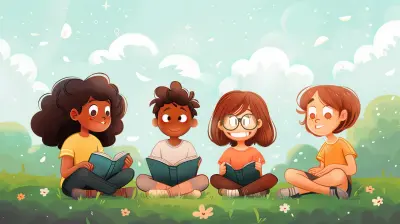Blending Flipped Classrooms with Project-Based Learning
10 July 2025
Let’s be honest—traditional classrooms aren’t exactly known for being the most exciting places. Students staring at the clock, teachers repeating the same lecture for the fourth time, and everyone just counting down the minutes until the bell rings. Sound familiar?
That’s where new teaching strategies like the flipped classroom model and project-based learning (PBL) come in. Separately, they’re powerful. Together, they’re a game-changer. What if teaching flipped the script (literally) and allowed students to take more control over how they learn, while also diving deep into real-world problems?
In this post, we’re going to unpack the magic that happens when you blend flipped classrooms with project-based learning. We'll look at what each approach offers, why they work so well together, and how you can bring this awesome combo into your own classroom (or encourage your school to do the same).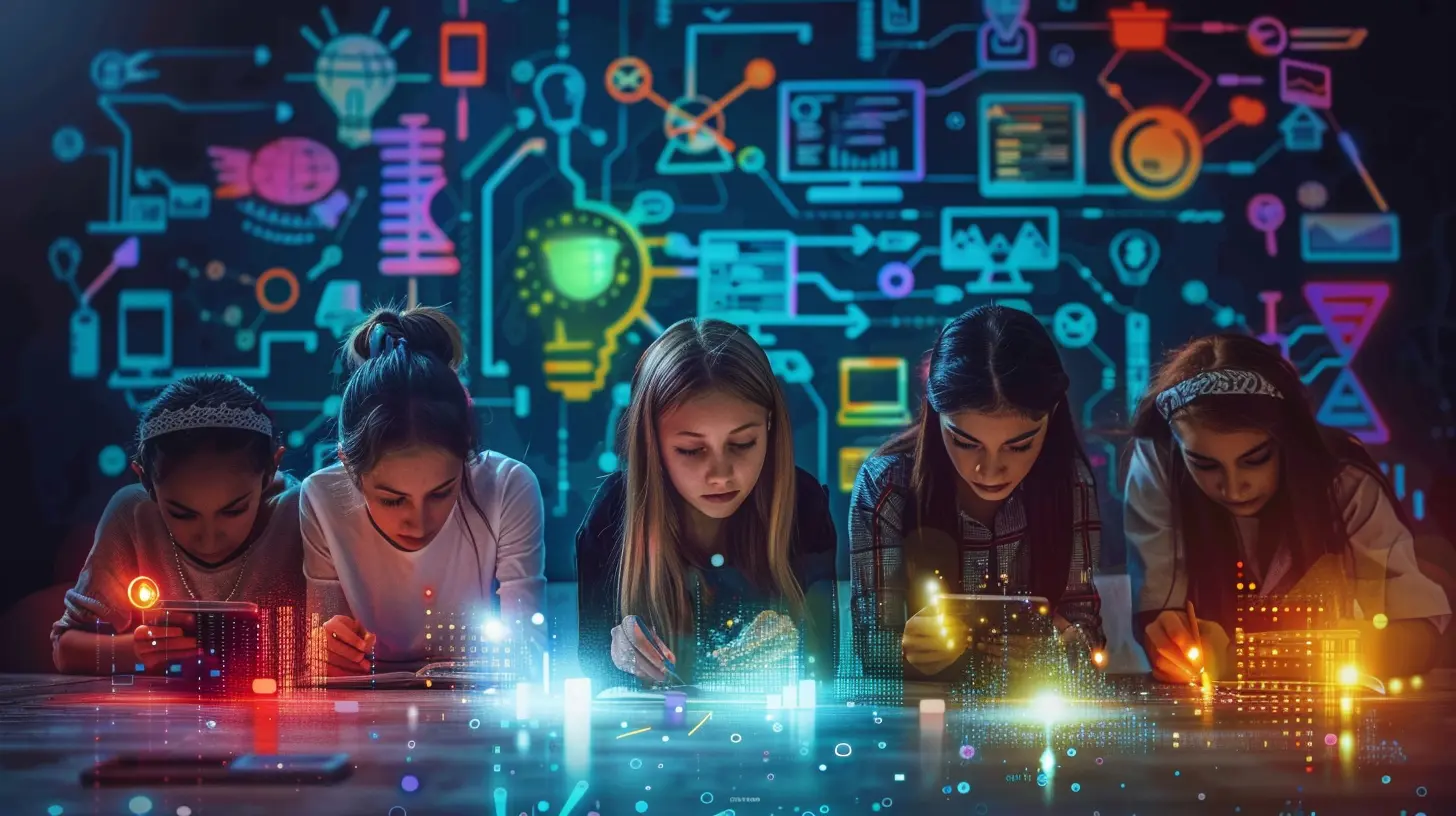
What Is a Flipped Classroom?
Let’s start with the basics.The flipped classroom flips (duh) the traditional teaching model on its head. Instead of lecturing during class and assigning homework afterward, students learn new content at home, usually through videos, podcasts, or online articles. Then, class time is reserved for discussion, problem-solving, and applying what they’ve learned.
Think of it this way: class isn’t about sitting and listening anymore—it's about doing.
A Day in a Flipped Classroom
Imagine this. On Monday night, students watch a 10-minute video on the water cycle. On Tuesday, instead of listening to a lecture, they work in small groups to build a digital model of how water moves through different systems on Earth. The teacher? They’re not at the front of the room—they’re walking around, guiding, questioning, and supporting.Sounds pretty engaging, right?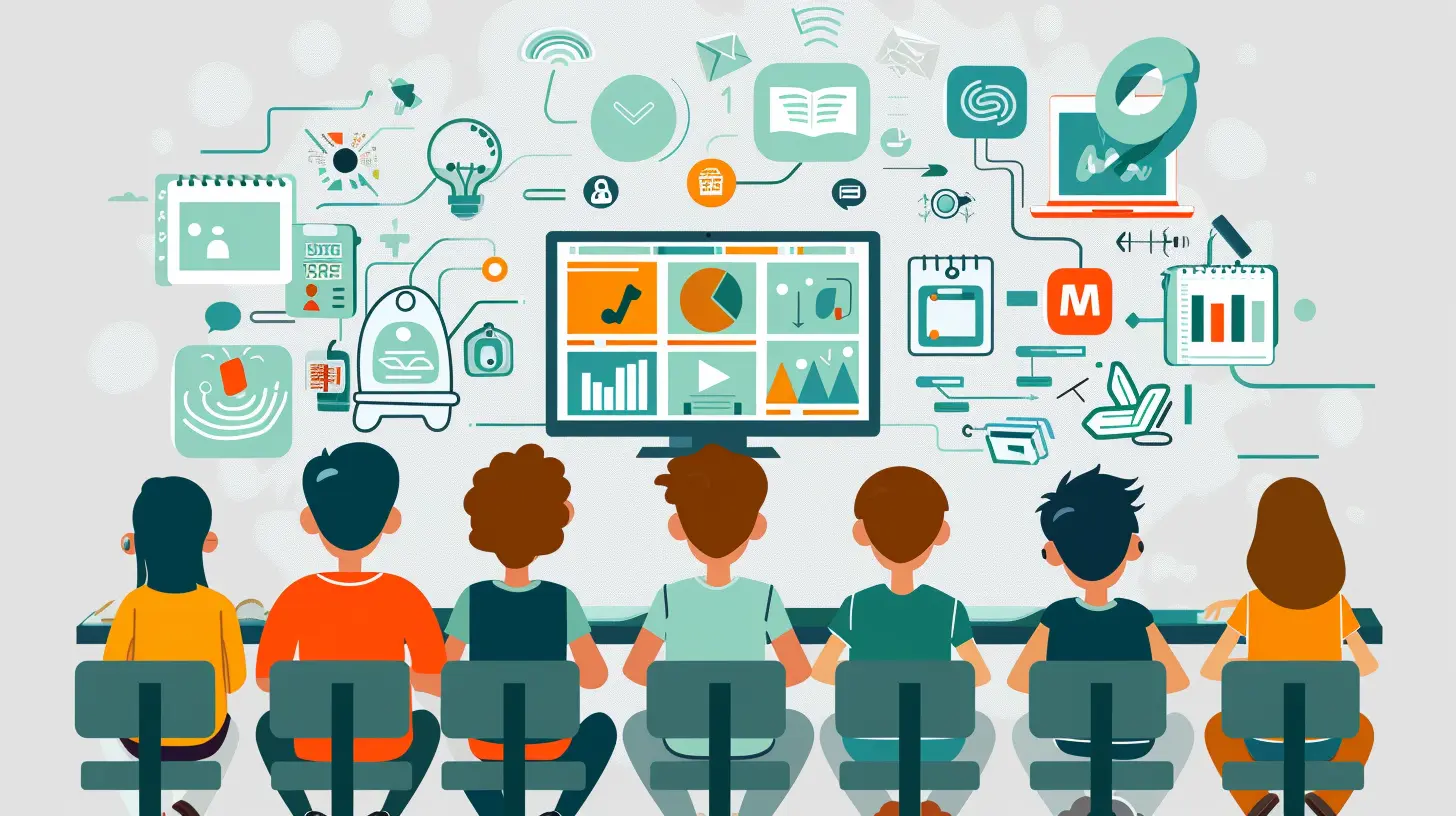
What Is Project-Based Learning?
Now let’s talk about PBL. Project-Based Learning is all about learning by doing. Students tackle complex, real-world problems over a period of time—sometimes weeks—while building key skills like collaboration, creative thinking, and communication.But here’s the kicker: the projects are meaningful. They’re not just arts-and-crafts. Students might design a solution to reduce food waste in their community or create a campaign to raise awareness about a global issue.
It’s not about memorizing facts. It’s about solving problems and making a difference.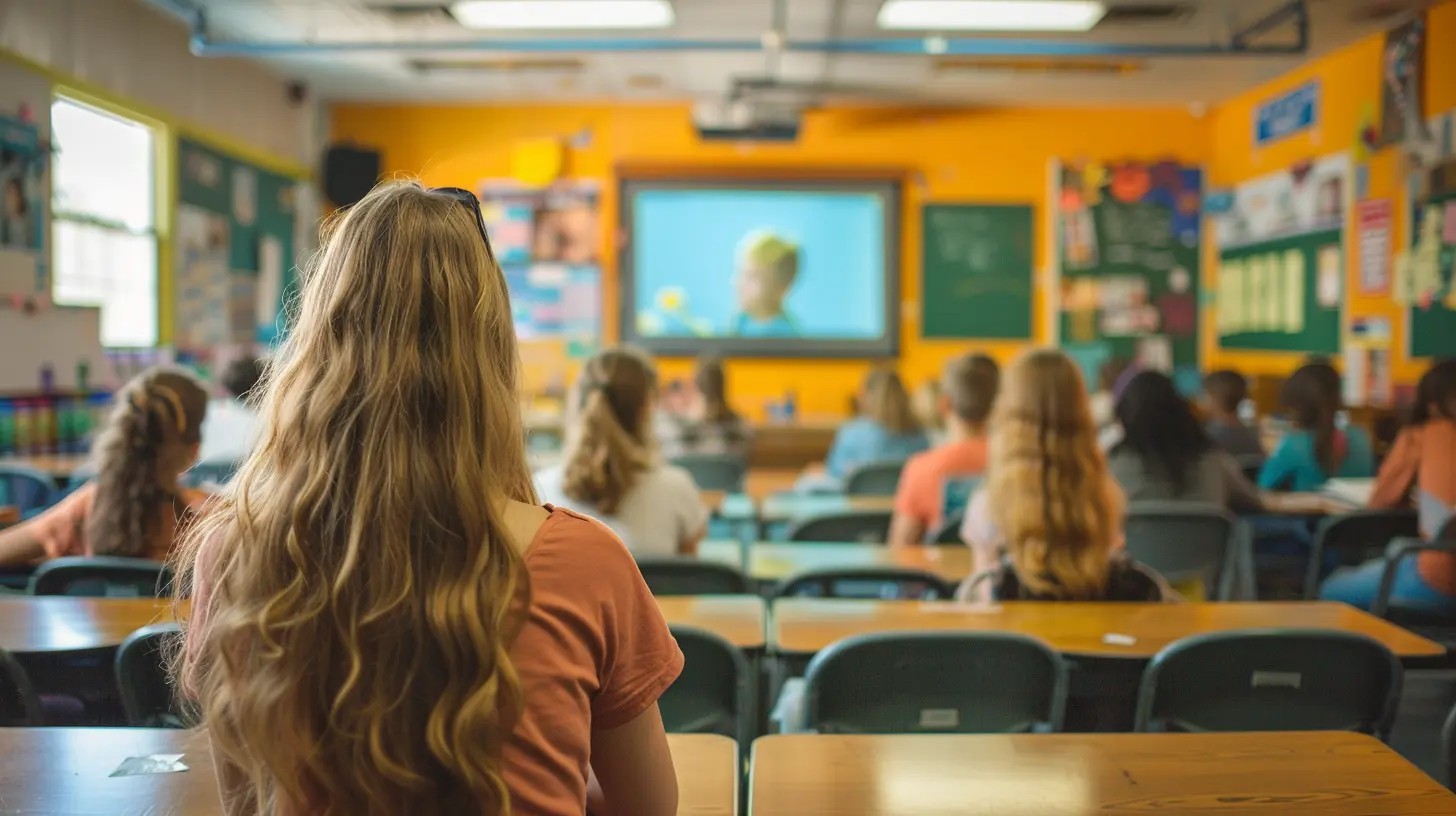
Why Blend the Two?
Okay, so we’ve got two powerful teaching methods. But why blend them?Here’s the secret sauce: flipped learning provides the knowledge, and project-based learning gives students the opportunity to use that knowledge in meaningful ways.
Like Peanut Butter and Jelly 🍞
Flipping the classroom gives students the flexibility to learn at their own pace. No more scribbling notes furiously while trying to absorb everything at once. They watch, pause, re-watch, and digest content on their own time.Then, when they get to class, PBL kicks in. All that knowledge is applied in deep, hands-on projects. Students move from passive listeners to active creators.
Together, flipped learning and PBL:
- Keep students actively engaged
- Create space for deeper learning
- Allow for better differentiation (because everyone learns a little differently)
- Foster essential 21st-century skills
So instead of teaching content for weeks and saving a project for the end (when everyone’s burned out), you’re applying learning throughout the entire process.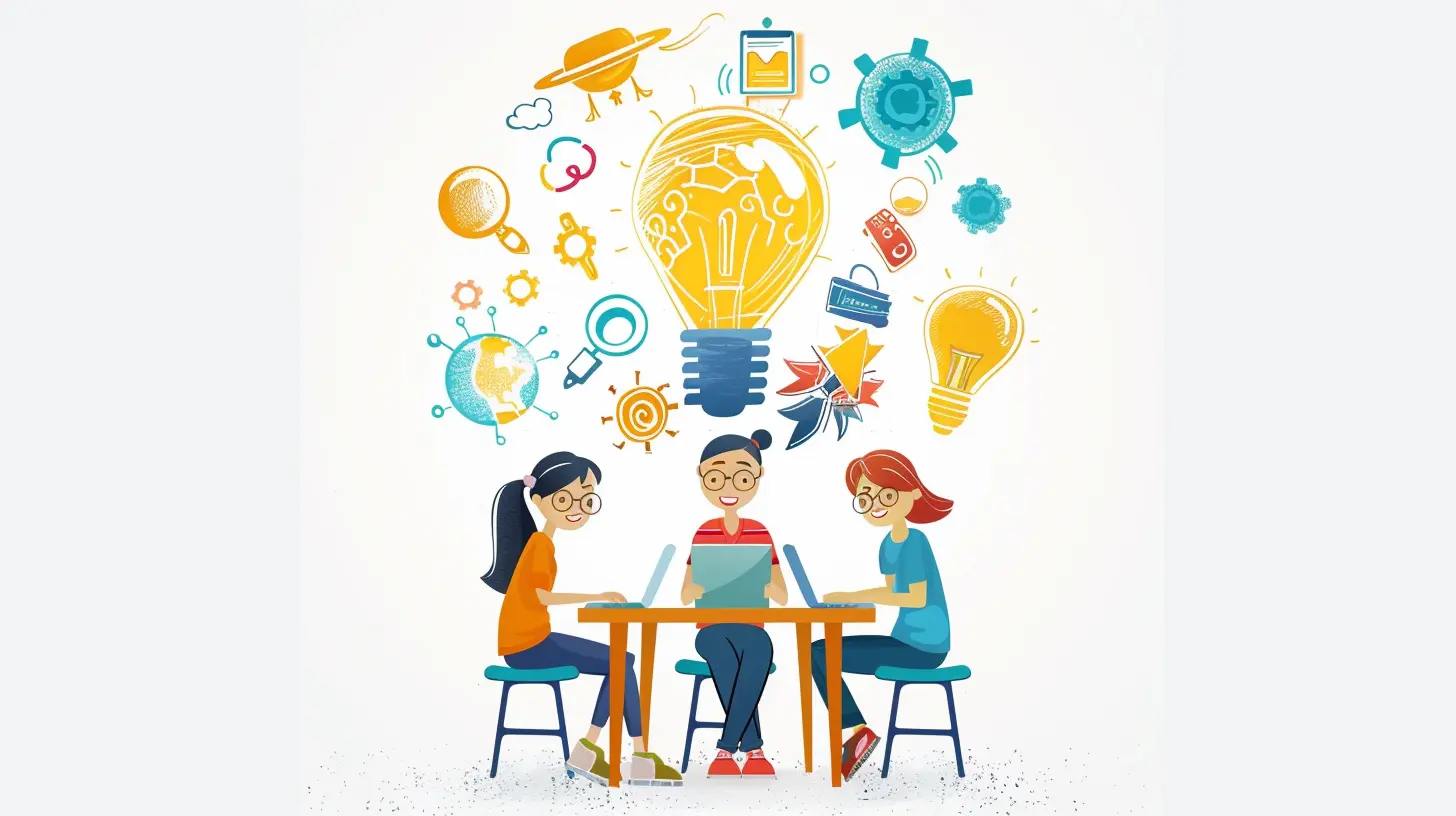
Real Benefits of a Blended Approach
Let’s dig into some real-world benefits of blending flipped classrooms with project-based learning.1. Deeper Understanding
This combo moves students beyond surface-level understanding. They’re not just cramming for a test. They’re consuming content, discussing it with peers, wrestling with how it applies, and actually using it.When students use new knowledge right away—whether it’s designing an app or solving a community problem—it sticks.
2. Student Ownership
Ever notice how students light up when they’re in control of their learning? This blended model gives them voice and choice. They decide how to approach their projects, collaborate with others, and showcase their learning.It’s empowering—and it builds confidence like nothing else.
3. Better Use of Class Time
Let’s be real: class time is precious. Why use it to monologue through a lecture when students can watch that at home?Flipping makes room for the real magic during school hours. Teachers can focus on mentoring, guiding, and challenging students instead of just delivering content.
4. Personalized Learning
Some students grasp concepts quickly. Others need a little more time. A flipped classroom respects that. Students can pause, rewind, or revisit materials as needed.Combine that with PBL, and students get to work at their own level, bring their own experiences to the table, and contribute in unique ways.
Tips for Blending Flipped Classrooms with Project-Based Learning
So you’re sold on the idea. Awesome! But how do you actually bring this into the classroom?Here are some practical tips:
Start Small
You don’t have to overhaul everything overnight. Try flipping one lesson or unit and add a small project to go along with it. Reflect, tweak, then expand.Choose the Right Tools
There are so many tech tools out there to help. For flipping, platforms like Edpuzzle, YouTube, or Loom are fantastic for delivering content. For PBL, tools like Trello, Google Workspace, or Padlet can support collaboration.Focus on Essential Questions
PBL works best when it’s anchored in a big, juicy question—something worth exploring. Think: “How can we reduce plastic waste in our school?” Or, “What makes a community thrive?”Keep the question at the center, and let the flipped videos support students as they seek answers.
Scaffold Projects Carefully
Remember, not all students are used to open-ended learning. Break the project into manageable steps. Offer timelines, checklists, and regular check-ins.Structure doesn’t kill creativity—it actually makes room for it.
Be a Guide, Not a Sage
This might be the hardest shift for teachers. When students are in the driver’s seat, your role changes. You become the coach, the facilitator, the question-asker—not the information-giver.Ask good questions. Encourage reflection. Celebrate progress.
Real Classroom Example
Let’s put this into a real classroom scenario so you can see how it might play out.The Unit: Environmental Sustainability
Step 1: Flip ItStudents watch 3–4 short videos at home on topics like climate change, renewable energy, and carbon footprints. They take simple notes and bring questions to class.
Step 2: Launch the Project
In class, they’re introduced to the driving question: “How can our school become more environmentally sustainable?”
Step 3: Research and Brainstorm
Using the base knowledge they picked up, students form groups, dive deeper into a specific area (e.g., waste management, solar energy), and brainstorm possible solutions.
Step 4: Plan and Create
They design a plan—maybe a recycling campaign, a solar panel proposal, a student-led composting initiative. They gather data, create presentations, or even build prototypes.
Step 5: Present and Reflect
They present their work to a panel of teachers, administrators, or even local government reps. Then they reflect: What went well? What could be better? What did they learn?
Boom. Real-world experience, meaningful learning, essential skills—all in one unit.
Challenges to Watch Out For
Of course, no approach is perfect. Blending flipped learning with PBL comes with its own set of challenges.Access Issues
Not all students have access to devices or reliable internet at home. Consider how you can offer alternatives (like downloading videos or providing printed materials).Time Management
Both flipping and PBL require careful planning. Make sure your timeline includes wiggle room and checkpoints to keep students on track.Assessment
Standardized tests don’t always align with PBL or flipped learning. Find creative ways to assess understanding—like rubrics, journals, peer feedback, and presentations.Final Thoughts
If we want to prepare students for the real world, we need to let them experience the real world—right in our classrooms. Blending flipped classrooms with project-based learning is one of the most effective ways to do that.It’s about moving away from teachers doing all the talking to students doing most of the thinking. It’s about giving them the tools and time to question, create, build, and solve. It’s where critical thinking meets creativity. And honestly, it’s a whole lot more fun—for both students and teachers.
Sure, it takes some effort to set up. But the payoff? Totally worth it.
Frequently Asked Questions (FAQs)
1. Can I use this blended model in elementary grades?
Absolutely! Start small with simple projects and visuals in your flipped content. Younger students love hands-on learning—it’s a perfect match.2. Do I have to use technology to flip my classroom?
Not necessarily. While tech helps, even assigning a short reading or printed guide for home can flip the model. The key is to shift direct instruction out of class time.3. How do I assess student learning in a project-based flipped classroom?
Use a mix of formative assessments (like quizzes or reflections after watching videos), peer assessments, rubrics, and final presentations. Focus on growth and critical thinking.all images in this post were generated using AI tools
Category:
Flipped ClassroomAuthor:

Eva Barker
Discussion
rate this article
1 comments
Tracie Anderson
Empower students through innovative, engaging learning experiences!
July 19, 2025 at 3:54 AM

Eva Barker
Absolutely! Blending flipped classrooms with project-based learning fosters creativity and collaboration, empowering students to take charge of their education.


